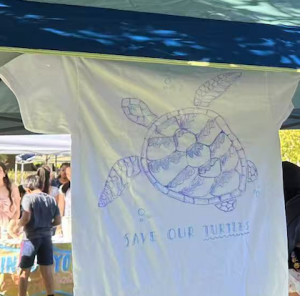By George Y., Emeka G., Cooper K.
This is the final presentation of the trio’s summer camp class on learning from engineering mistakes. The students used what they learned about past engineering fails to design and build their own bridges, towers, and boats. At the end, they had a big competition to see whose creations were the strongest and most stable.
This is the Sky Scrapper Project from George, Emeka and Cooper. The project consists three building projects around bridge, tower and boat.
The Brilliant Bridge
- Our plan was to build a simple Warren truss bridge
- We used triangles because they are the strongest shape and reinforced it with two toothpicks on each side.
- We were running out of time so we had to make it a triangle truss (three sided bridge).

Result:
- Our final bridge succeeded!
- Our bridge was able to hold 2kg!
- We had originally planned a different design, but due to time constraints, we had to pivot to plan B. Fortunately, this alternative plan worked out well and proved to be even more effective than we anticipated.

The Tower of Terror
Our initial plan was to build a triangular lattice tower design, forming what would look like a skinnier taller version of a pyramid. However, we quickly realized that this would not work, due to the length of the spaghetti and soft marshmallow joints.
- Our end design involved simply placing extra support wherever our tower wanted to fall over.
- Eventually, it was able to stand on its own while reaching the required height!
- However, we ended up getting third place because our design was not as aesthetically pleasing.
- Despite the multiple supports in place, our design ended up like the leaning tower of pisa.
The Sinking Ship
- Initially, we wanted to make the design similar to an actual boat with curved walls.
- However, internal team discourse and the slow time for the glue to dry hindered its performance.
- We then pivoted towards a square boat with straight walls instead, similar to a tall open boat
- When we learned we only had 10 minutes we started working overtime, blowing as hard as we could.
- We tried an idea with multiple different rafts but ultimately, the glue did not stick/dry in time.
- It was looking bleak but then George had an idea, to create a watertight compartments just like the titanic that would use air for extra buoyancy.
It was going well until a weight was misplaced causing the boat to tilt and the water tight compartment (which was sealed with wet glue) to start rapidly filling with water as the glue seal dissolved away.
Takeaway
Through each of these three building projects, we were able to apply our knowledge of past engineering failures to create innovative and resilient structures.
By analyzing the shortcomings of previous designs, we were able to identify potential weaknesses and incorporate improvements into future ideas. Ultimately, the project served as a valuable learning experience for us where we were able to apply creativity and problem-solving skills. We now have a deeper understanding of the “fail engineering” principle.






